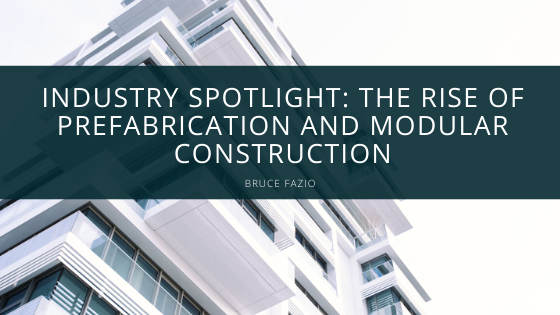New year, new changes and trends. As 2020 is officially underway, industry experts are making predictions of real estate development, and what this year has in store. For developers and builders, traditional construction is taking a back seat as modular construction steps into the spotlight.
Modular construction isn’t a new concept by any means. In the early 1900s, thousands of prefabricated homes were sold by Sears through mail-order catalogs to families across the U.S. Since then; modular construction has expanded from residential to commercial and multi-family properties, making up for about 5% of all commercial construction, according to the Modular Building Institute. Over the last five years, modular construction in the U.S has doubled in size to $8 billion and is said to skyrocket to over $150 billion by 2023. It’s forecasted that the increase in demand is going to focus on the healthcare, industrial, educational, and multi-family sectors of the industry. ”The greatest growth in the use of these methods will be in building types in which they are already well established, such as healthcare facilities, hotels and motels, multi-family and college buildings and dormitories. However, a sizable percentage also expect low-rise offices, K-12 schools, public buildings, and commercial warehouse to experience a high frequency of use of prefabrication or modular construction.”
For developers, the growing popularity of modular construction comes from a few advantages that traditional building doesn’t offer, specifically in efficiency, productivity, and cost savings. Modular properties are constructed and assembled in off-site factories. Once the module assembly is completed, the building is moved on-site for installation and the final stage of site restoration. Since modular properties are built in a factory setting, site development and module construction can happen simultaneously without any interruptions or delays due to adverse weather. Being that traditional on-site construction tends to be a much more lengthy building process, modular properties can be completed from start to finish in about half the time it would take with a traditional build. According to Contractor Magazine, about 90% of real estate developers have seen improved productivity, quality, and schedule certainty in modular construction, while 80% reportedly improved cost predictability and a high reduction in waste.
Though the market is ever-changing, and new trends will continue to emerge, it’s safe to say that modular construction is making its mark in the real estate industry.


Recent Comments